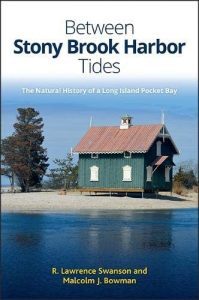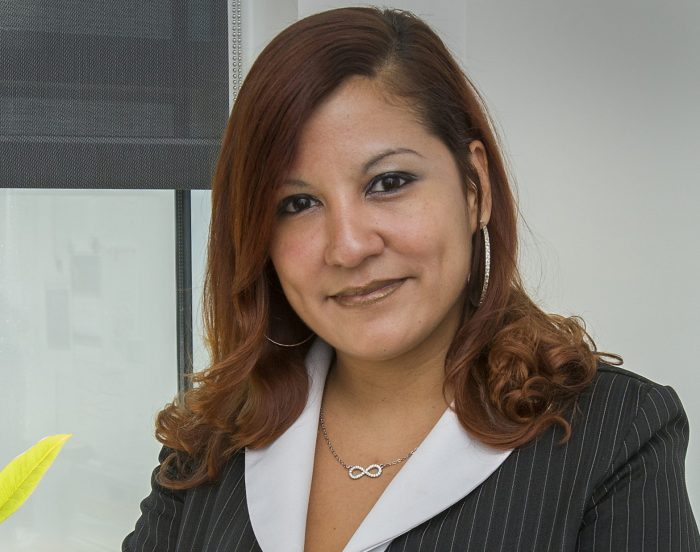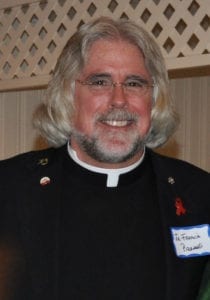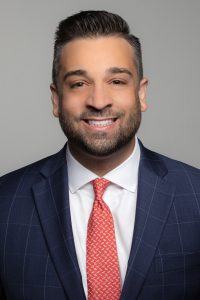By John L. Turner
It was on a rising tide in mid-afternoon, on an 82-degree late summer day, that I slipped into the opening of the kayak, placed my feet on the rudder controls and pushed off the gently sloping bank in the southern reaches of Stony Brook Harbor, not too far from the famous Hercules Pavilion positioned along the harbor’s edge.

Even in shallow, foot-deep water I was easily able to ply the kayak along the shoreline. The first view that drew my attention were nine bright white, long-necked wading birds. Egrets they were, both the larger American Egret and the more diminutive Snowy Egret feeding in the shallow water of the creek that spills from the Stony Brook Grist Mill. Their likely targets were small, two-inch long baitfish, schools of which I would repeatedly see in the hours ahead as I explored the harbor.
Within a couple of minutes I had plied across a deeper channel running alongside Youngs Island and moments later alongside one of the many marsh islands found within the harbor.
For the next four hours I explored the many gifts Stony Brook Harbor had to offer — red beard sponges, several species of floating seaweeds, fiddler crabs scuttling across sand flats, baby horseshoe crab molts, the aforementioned baitfish and their pursuers — baby bluefish known as snappers, snapping the placid tension of the water surface — countless shells, and, of course, the birds: Double-crested Cormorants (many, comically, with their wings outstretched, drying in the sun); more long-necked and long-legged wading birds; a small plover pulling on a long red worm; the plaintive, three part call of Greater Yellowlegs; the ubiquitous gulls; and an adult Bald Eagle, dominating the sky over the southern edge of the harbor.
Like tiny sailboats, many bird feathers floated over the placid surface of the water during the visit, a tell-tale sign that late summer is a time for many birds to molt by replacing older worn out feathers with new ones.
That small plover was not a Piping Plover but its darker colored cousin — the Semipalmated Plover, so named because its feet are partially webbed. A handsome bird the color of chocolate on the top of its head and back, a bright white belly, breast, and throat offset by a black chest band and line through the eye, and an orange bill and yellow-orange legs, the Semipalmated Plover breeds in the far north; this bird probably flew south from Labrador, Nova Scotia, or Northern Quebec, but perhaps even further north in its breeding range above the Arctic Circle, to make its way to Stony Brook Harbor on its much longer journey to the Caribbean or South America.
The same is true for the Greater Yellowlegs, a slightly larger shorebird with a salt-and-pepper plumage with, you guessed it! — bright yellow legs. The plover was feeding in a sand/mud flat and the three yellowlegs in very shallow water adjacent to the flat. Suddenly, the yellowlegs exploded into the air, winging away rapidly, apparently due to some danger they could (but I could not) perceive. Their emphatic calls rung out over the water, harkening to more desolate and windy places.
This little shorebird vignette in the harbor illustrates and underscores the value it and countless other coastal embayments on the East Coast play as critical way stations for migrating shorebirds that stitch together the Northern and Southern hemispheres. These are like the highway rest stops we use while traveling, providing opportunities for these long distance migrants to feed and rest.

As I turned south into the more open waters at the southern end of the harbor I slid by a long muddy embankment, the leading edge of a salt marsh, when two objects caught my eye — many clumps of Ribbed Mussels and dozens of Cordgrass or Spartina plants in full bloom.
Ribbed mussels are less well-known and appreciated than the edible Blue Mussel since, unlike the latter species, they are not harvested for food. Nevertheless, they are very important to the healthy functioning of tidal wetlands. So named because of the numerous parallel ribbed lines that run the length of its shell, this species grows in bunches in the mud, often tangled in the roots of Cordgrass (Spartina alterniflora), with which they have a “mutualistic” or mutually beneficial relationship. The mussels benefit from anchoring their shells, through the use of byssal threads, to the roots of Spartina and also benefit from the density of the plant shoots that makes it harder for predators, like crabs, to gain access.
The plant benefits by the waste products excreted from the mussel as it is high in nitrogen which acts as a plant fertilizer. The material also helps to build the marsh — filtering tiny organic particles out of the water column and depositing it on the marsh. Because of these important services the Ribbed mussel is referred to as an “ecosystem engineer.”

Cordgrass is the most recognizable plant of the marsh. It dominates the view of much of the harbor and along the lower elevations of the tidal marsh, with its sister species Salt Hay (Spartina patens), occurring in the higher portions. These are two of only a small number of plants that can tolerate the presence of salt and its desiccating qualities; they do this by extruding the salt from pores in the surface of the frond; take a close-up view and you can often see the salt crystals sparkling along the stems of the plant.
Cordgrass is wind pollinated and not surprisingly, therefore, their interesting one-sided flowers aren’t showy nor do they exude nectar in an effort to lure pollinating insects. The winds care not for such things. Still, they are beautiful and arresting as the hundreds of flowers on each stalk move in the slightest breeze.
Unfortunately, a storm cloud has appeared over the harbor that would likely compromise its beauty and ecological quality. This “cloud” is in the form of two large docks proposed on properties located in the harbor’s shallow southern end in the Village of Nissequogue.
Despite the fact there are two commercial marinas in the northern reaches of the harbor at which a boat can be stored or the fact each property owner currently has access to launch kayaks or canoes from the shore, these residents are seeking approval to install monstrously long docks that would jut well out into the water. One is more than two hundred feet long.

Installing the dock pilings would be disruptive to the harbor bottom, cause turbidity and sedimentation problems, affecting wetland dependent wildlife such as diamondback terrapins (I saw a dozen terrapins floating and swimming in the southern portion of the bay on the kayak visit and fifteen from a vantage point onshore at Cordwood Park about a month earlier).
Turbidity problems and disruption to the harbor bottom by “prop scouring” will occur each and every time boats are run out on low tide. Further, the docks will make it more difficult for you and I to walk along the shoreline as is our legal right “to pass and repass” along the shoreline as guaranteed by the Public Trust Doctrine and did I mention the ugliness and visual blight caused by the docks at a site landscape painters find inspiration?
Perhaps of greater concern is the precedence that approval of these two docks could establish. If these are approved, what’s to stop the harbor’s “death-by-a-thousand-cuts” as several dozen other property owners ringing the harbor, through time, request the same?
And is it reasonable to assume that, as the years roll by, these owners clamor for the very shallow southern reaches of the harbor to be dredged to ease navigation and better accommodate their boats? Yes, it is.
For the sake of this most special and unique place the request for these mega docks must be denied. The public interest in, and use of, Stony Brook Harbor and recognition of the significant ecological value of the harbor dictate against approval and must prevail. Will public officials heed the call?
A resident of Setauket, John Turner is conservation chair of the Four Harbors Audubon Society, author of “Exploring the Other Island: A Seasonal Nature Guide to Long Island” and president of Alula Birding & Natural History Tours
—————————–

If you wish to learn more about the human and natural history of Stony Brook Harbor, I encourage you to read “Between Stony Brook Harbor Tides — The Natural History of a Long Island Pocket Bay” authored by Larry Swanson and Malcolm Bowman, two professors who taught at Stony Brook University’s School of Marine and Atmospheric Sciences. The book provides an overview of the natural conditions that shape the harbor, the human imprint on the harbor, and the many species of wildlife that call it home. It is a most worthwhile read.
— John Turner












 It’s unfortunate, but recessions are a fairly normal part of the economic landscape. When a recession occurs, how might you be affected? The answer depends on your individual situation, but regardless of your circumstances, you might want to consider the items in this recession survival checklist:
It’s unfortunate, but recessions are a fairly normal part of the economic landscape. When a recession occurs, how might you be affected? The answer depends on your individual situation, but regardless of your circumstances, you might want to consider the items in this recession survival checklist:






